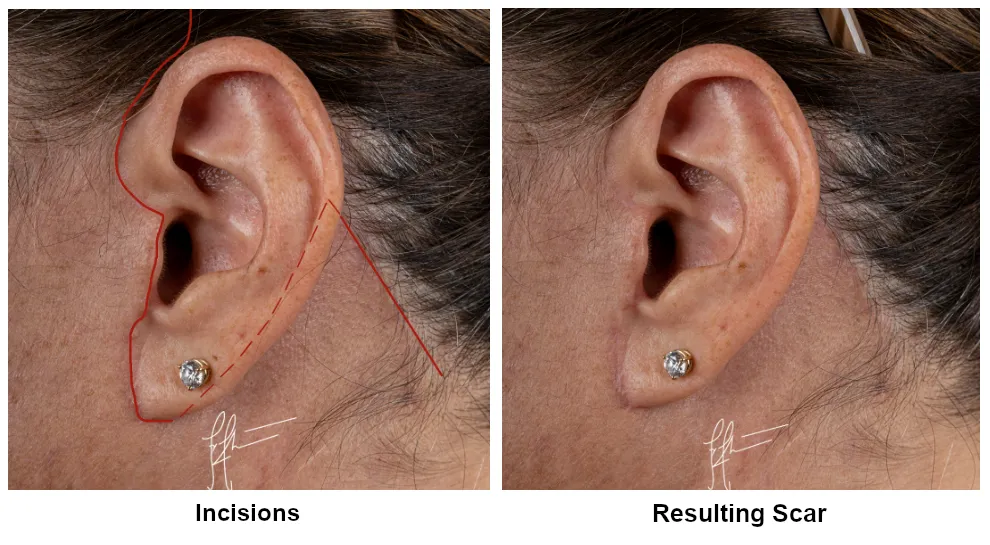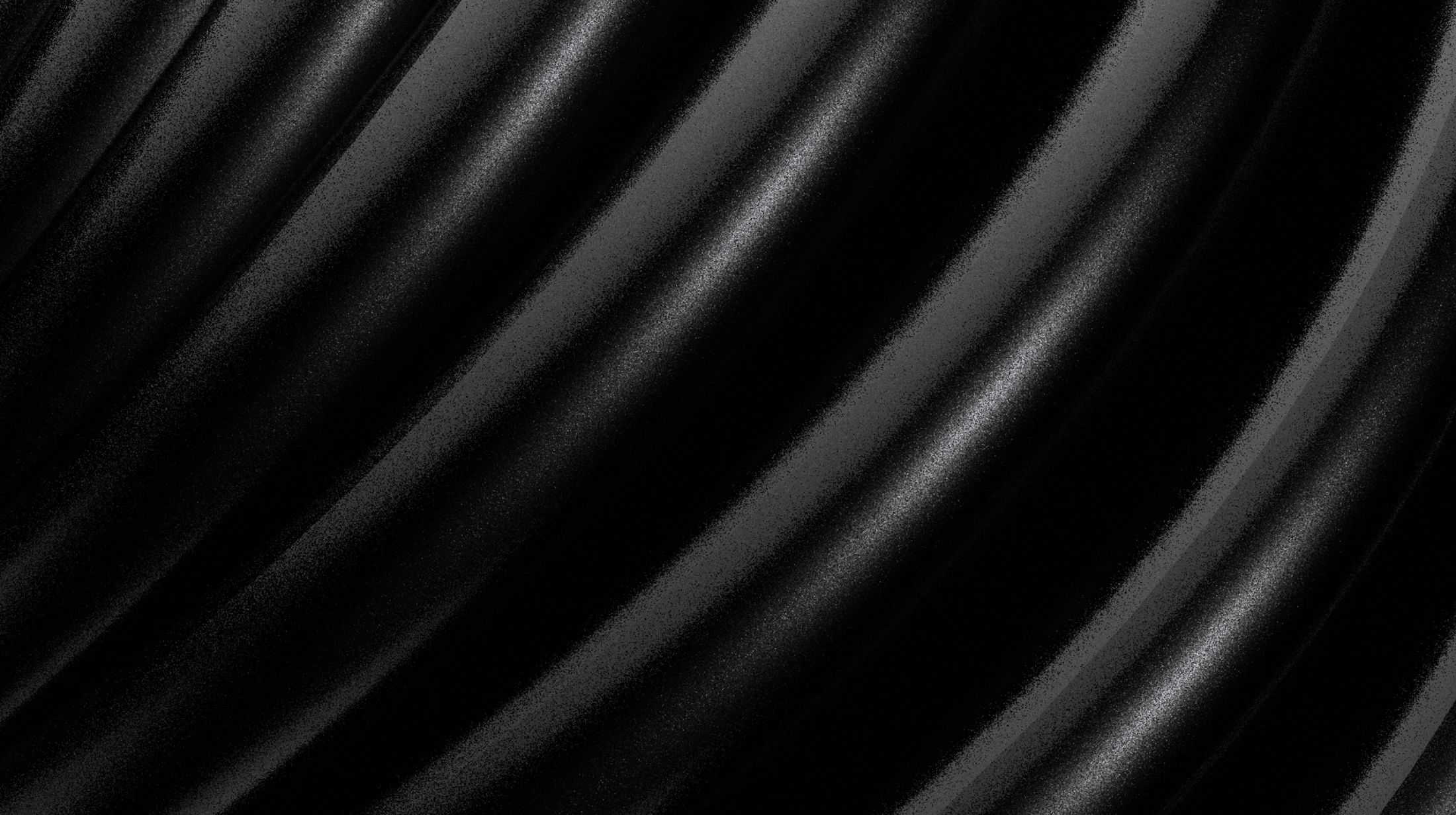



Considering a facelift? Facial plastic surgeon Dr. Athré performs the deep plane facelift in Houston to provide a longer-lasting and more natural-looking result compared to older techniques.
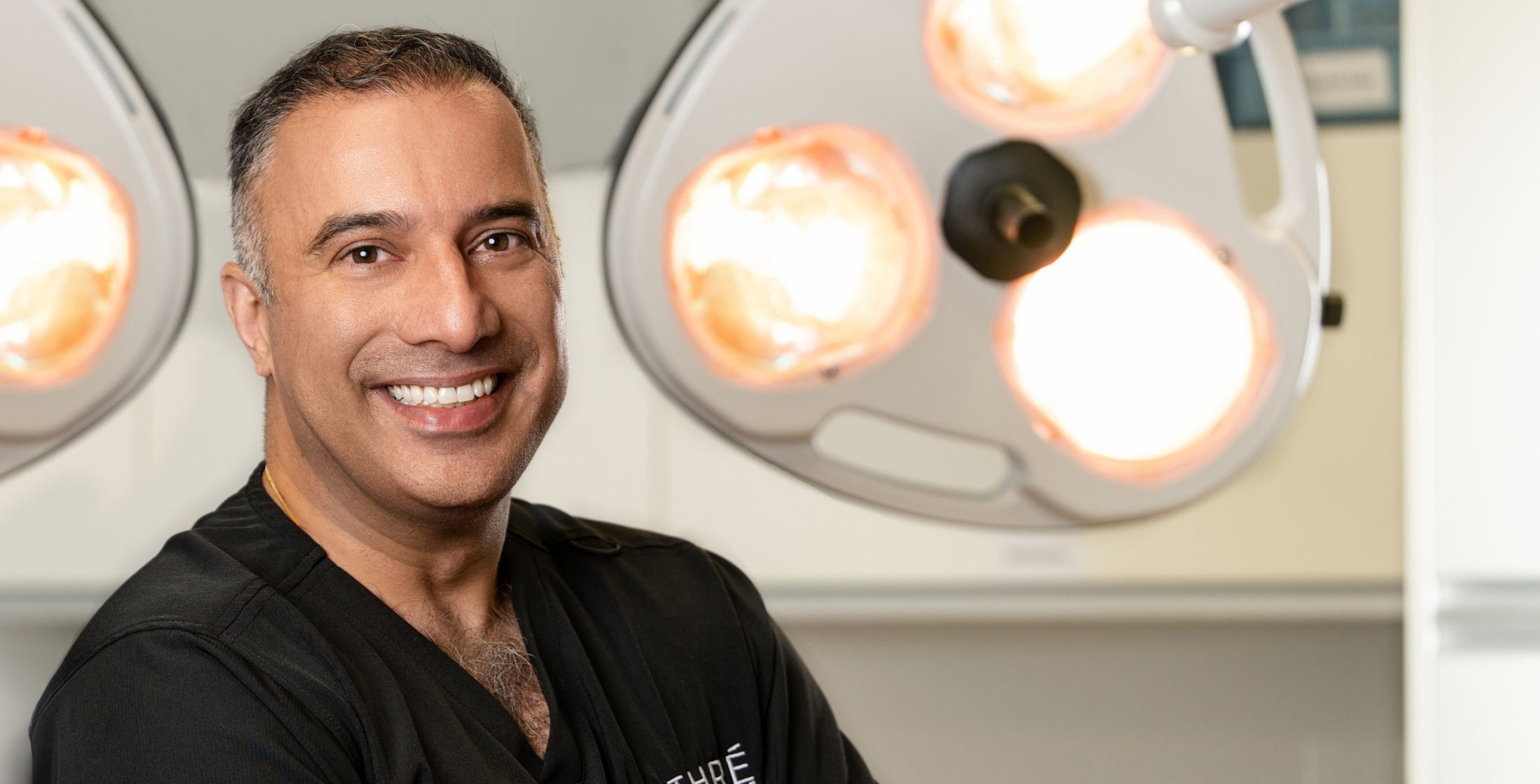
There are numerous types of face lifts. In recent times, a lot of buzz has been created around the deep plane lift. The deep plane lift is the type of lift that we have performed in our office for more than 15 years.
So, what is it? What makes it special?
1 of 60
A deep plane face and neck lift is a cosmetic surgery that creates a plane deep to the SMAS layer and platysma layer to lift dropped tissues of the face and neck.
The plane that is created in the face is also created in the neck. The SMAS layer of the face is continuous with the platysma layer in the neck. Dissection in the neck is performed deep to the platysma, resulting in a deep plane neck lift as well. The deep plane is the plane deep to the platysma and the SMAS.
Dissecting under the SMAS layer or the platysma layer allows the surgeon to divide all of the facial retaining ligaments. These ligaments are what hold the soft tissue to the actual bony skull. (See Dr. Athre’s Video on Facial Anatomy) Patients with severe aging need these ligaments to be divided to get an appropriate amount of lift in the tissues.
Failure to release these ligaments will result in: (a) an inadequate lift, (b) rapid failure of the lift. Most surgeons inadequately resect these ligaments because releasing these ligaments involves an intimate understanding of facial anatomy and a great amount of surgical skill and expertise. You are very close to nerves of facial expression, and therefore utmost care and precision must be exercised.
By dissecting out these ligaments, there is no opposition to the lift. The facial tissues are completely free to move, and you can achieve an amazing lift that is natural appearing, soft, and with no tension on the skin. Furthermore, the dissected deep plane can be precisely lifted and attached discrete points on the face to achieve the most natural result.

With a deep plane facelift Houston patients should expect the primary advantages to include:
On a similar note, the disadvantages of a deep plane lift are:
Note that the risks associated with a deep plane lift performed by someone who is well versed with the technique are EXACTLY the same as the other techniques. Despite increased dissection and proximity to vital nerves, there is NO INCREASED RISK IN DEEP PLANE surgery over other facelift surgery techniques. In sum, experience matters, and if done well, a deep plane lift is the best option for facial rejuvenation.
“In my opinion, the best facelift result is smooth and natural and stands the test of time. The deep plane technique provides reliable results that can look good for years to come.”– Dr. Athré

The green area shows the extent of dissection of a deep plane face lift and deep plane neck lift.

The most important characteristic for a deep plane facelift patient is medical history. Patients need to be healthy and have good control of chronic medical problems such as high blood pressure or diabetes.
Patients with:

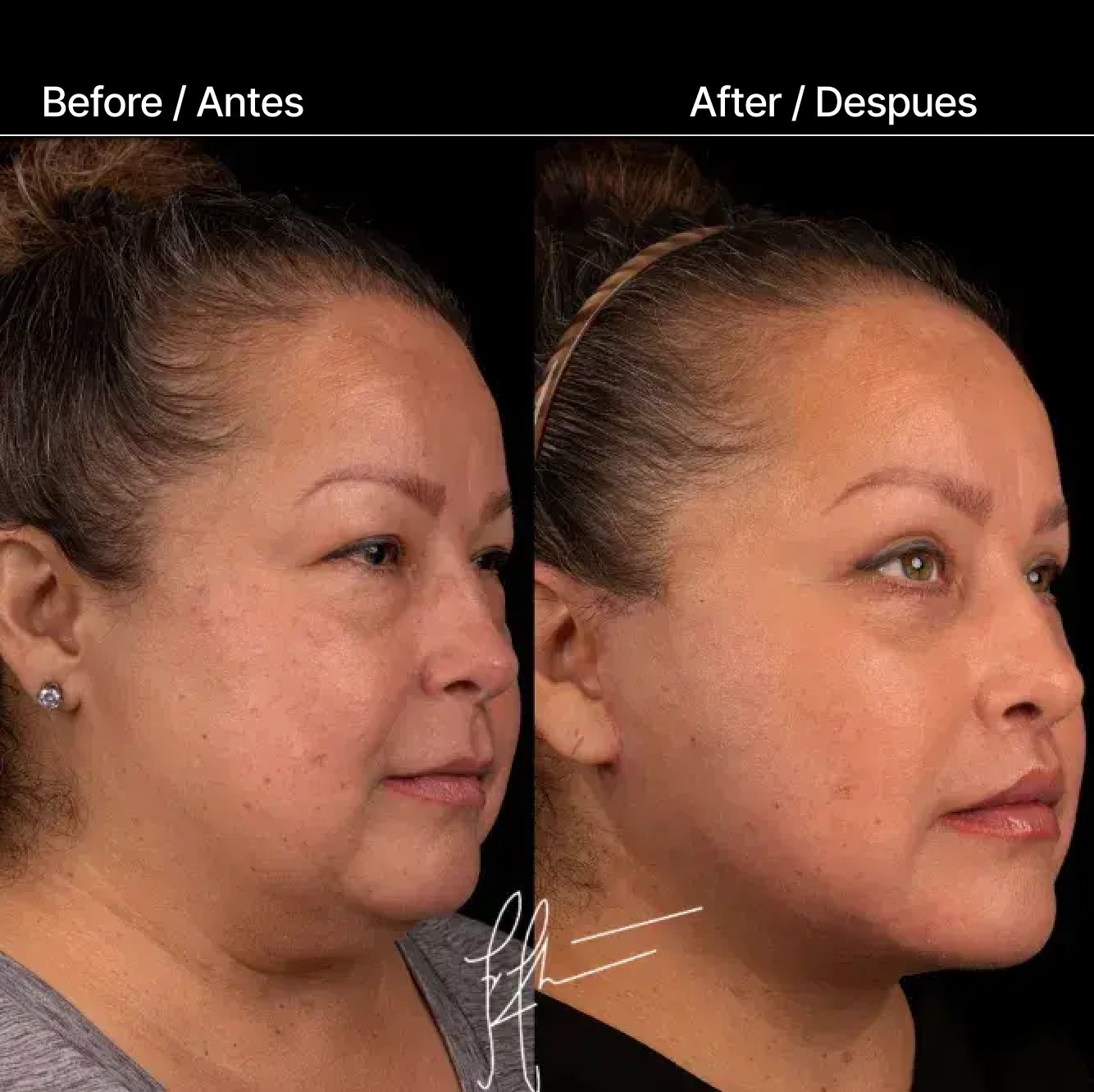
Two views of before and after a deep plane facelift. This patient required a deep plane facelift due to the severe aging in the midface, jawline, and neck. You can clearly see the re-establishment of the heart shaped young face with the volume on the cheek bone, and definition in the lower part of the face.
Dr. Raghu Athré is an expert in deep plane face lifting techniques for his Houston patients. Dr. Athré’s advanced anesthesia techniques allow the deep plane face lift to be performed under local anesthesia with oral sedation to minimize bruising and swelling, and minimize down time experienced by patients.
The deep plane facelift is the hardest lift with respect to technical expertise required and the hardest lift to achieve perfect local anesthesia. Because of these reasons, many surgeons shy away from deep plane or sub-SMAS facelifts. But if you want to maximize the longevity of your facelift, a deep plane facelift is likely your best option. Seek out a surgeon with experience in this technique.
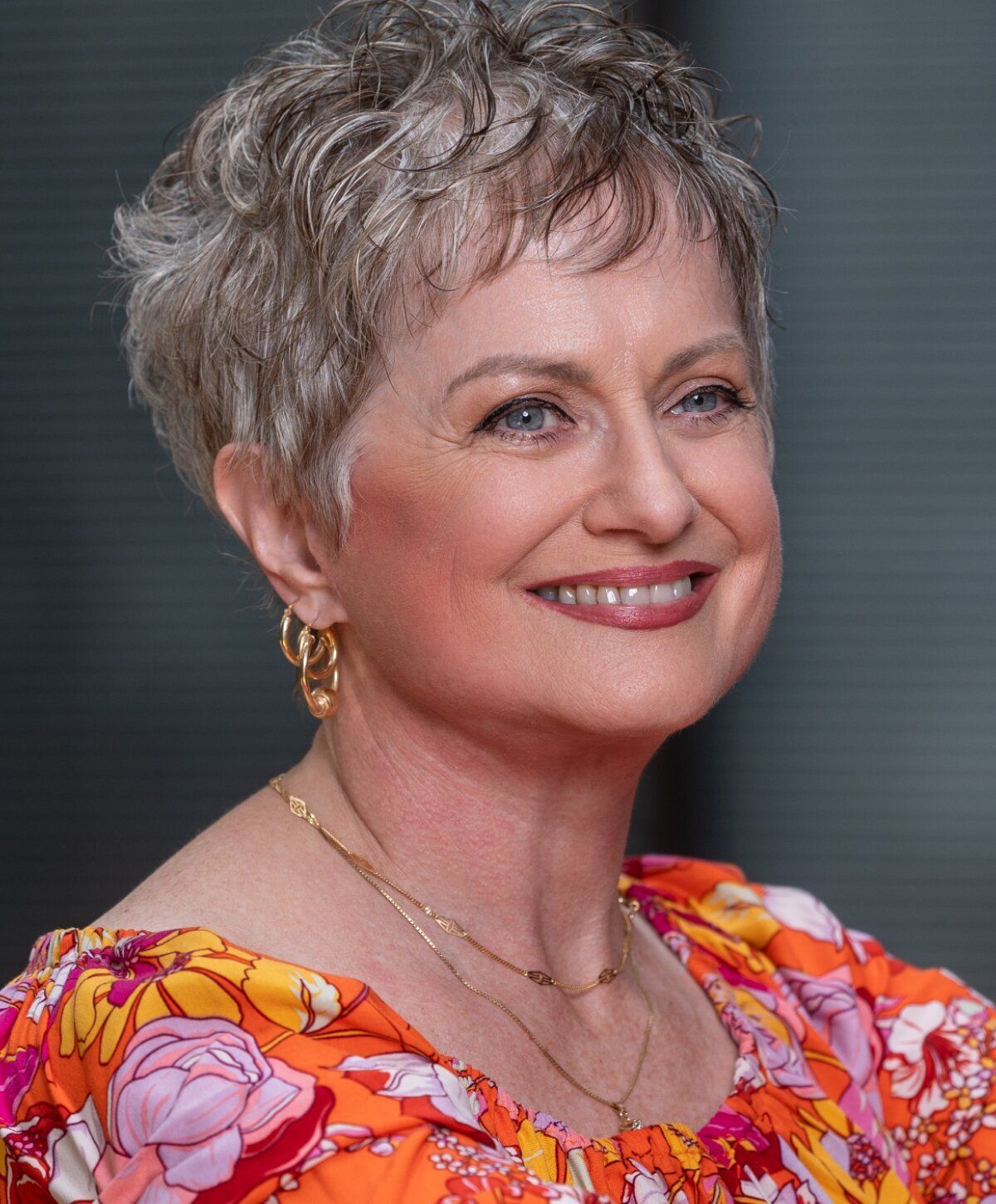

Many surgeons offer types of lifts called “Band-Aid Lifts” or “Lunchtime Lifts.” By lifting the skin from the underlying layers, pulling the skin back, trimming the skin, and closing the incision, the immediate results can look quite good. This is a skin only facelift or cutaneous facelift. However, skin-only lifts last only 6 months to 1 year.
Traditional SMAS lifts performed by other surgeons (AKA SMAS suspension techniques) usually just pull the SMAS layer. Without releasing the underlying attachments and allowing the SMAS to be repositioned without tension makes traditional SMAS suspension lifts last less with less natural looking results.
The RT Mini Facelift also lifts a portion of the SMAS layer and is designed for patients with mild signs of aging. In essence the RT Mini Facelift is a Mini Deep Plane Lift.
In general, most candidates for a deep plane facelift are above the age of 40.
There is no best age. The decision to undergo a deep plane facelift is based on the anatomy of the patient. A younger patient with a very heavy neck and significant aging along the jawline might need a deep plane technique. An older patient with minimal aging might be better served with a RT Mini Lift.
No. Every patient does not need a deep plane facelift.
Dr. Athre’s opinion is that the deep plane facelift is the best technique. But, more important is what is the best technique for a particular person’s anatomy. A younger patient with minimal aging along the jawline and neck may benefit more from the RT Mini Facelift, and probably does not need a deep plane facelift. The overall long term result and longevity in this type of patient will likely be the same.
It is also important to remember that Dr. Athre’s mini facelift technique is essentially a mini deep plane facelift, and not a skin only facelift or cutaneous facelift.
This is the main reason why it is important to schedule a consultation with Dr. Athre to discuss your goals, and to see what procedure(s) will fit your anatomy the best.
The best way to evaluate a surgeon’s skill is to look at patient before and afters and ask about qualifications/training during your consultation. Ask to see long term postoperative results, not just results within 6 months,
Dr. Athre is Double board certified by the American Board of Otolaryngology & Head/Neck Surgery, and by the American Board of Facial Plastic and Reconstructive Surgery. He specializes only in facial plastic surgery, and has been perfecting his deep plane facelift technique under local anesthesia for more than 15 years. He is one of the only surgeons in the Houston area that performs deep plane facelift surgery under local anesthesia. He is an expert in this type of surgery.
The cost for a deep plane facelift per sources on the web is between $8,500 and $70,000. That is a huge range. Part of the confusion in price is based on geographic area.
The cost of a deep plane facelift in Houston with Dr. Athre can be found on our pricing page,
The frequency of adding on additional procedures is so common that Dr. Athre offers a 3D Facelift, which essentially is the combination of a deep plane face and neck lift, fat transfer, and a skin resurfacing procedure to target all the primary signs of aging in the face (loose skin, volume loss, and skin textural changes).
Part of the confusion in cost deals with what is included in the price. In Dr. Athre’s practice, a deep plane face lift includes a deep plane neck lift and some fat transfer. Many of Dr. Athre’s patients also pursue other procedures such as:
A deep plane facelift lasts 12-15 years.
Most patients will be able to turn the clock back about 15 years after a deep plane facelift. This translates to looking 15 years younger than your chronological age after a deep plane facelift. This difference between your chronological age and your apparent age will continue but signs of facial aging do not stop. Approximately 12-15 years after a deep plane facelift, most patients desire a revision facelift to rejuvenate their face again and look even younger.
No. A deep plane facelift does not change the texture of your skin.
A deep plane facelift will decrease large “wrinkles” such as your melolabial folds or a tear trough. These are structural and not within the skin. The surgery tightens the face via addressing the deep layer.
Fine lines and wrinkles are not addressed by a deep plane facelift alone. This would require a chemical peel, laser skin resurfacing, or some other facial resurfacing.
The recovery period for most patients is 14-16 days. The recovery period is slightly longer than a RT Mini Facelift. Most patients are performing daily life activities within 24 hours and can venture outside with makeup at day 10.
That said, a few extra days of downtime are a small tradeoff for a result that can look more natural and last years longer.
The deep plane facelift performed by Dr. Athre technically is an extended deep plane facelift. It involves division of all 4 cutaneous retaining ligaments and includes a deep plane neck lift.
On average, a deep plane face lift makes you look 12-15 years younger.
Dr. Athre’s Deep plane facelift uses the same incisions as the RT mini Facelift. Small incisions are placed in the temple region, around the ear and into the space behind the ear.
